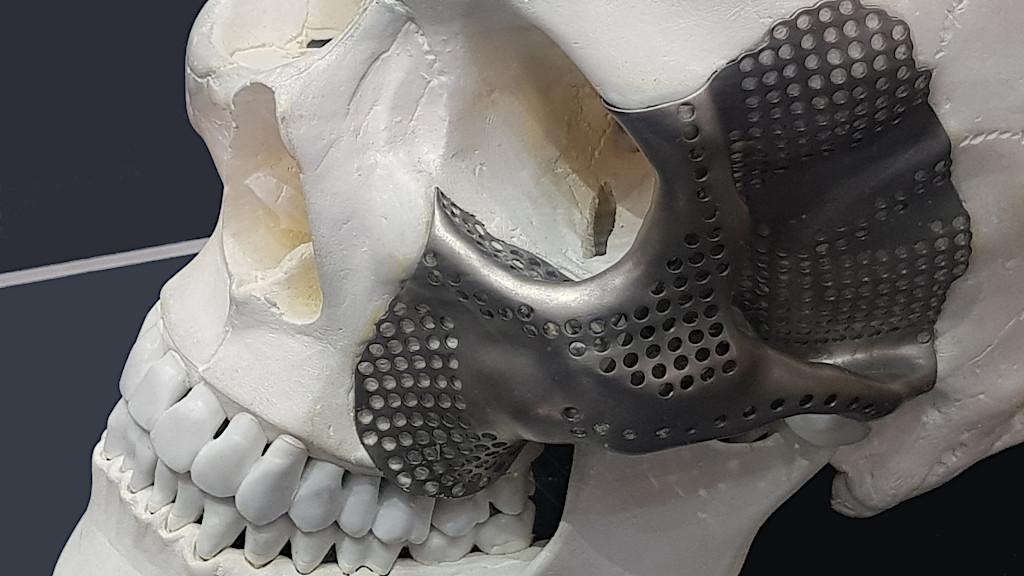Today, a paper by two doctors from the University of Michigan was published in the New England Journal of Medicine, detailing how they used a 3D-printed device they had designed and printed themselves to save the life of a baby with a potentially fatal respiratory disease.
This biodegradable plastic gadget is keeping the child’s airway open and helping him to breathe normally.

Kaiba Gionfriddo, the child, had tracheobronchomalacia, a condition in which the child’s airway to one of his lungs collapsed. He was unable to exhale carbon dioxide and take in enough oxygen because of his illness.
He was only six weeks old when he began to turn blue while eating out with his family. At the age of two months, he required the insertion of a breathing tube into his trachea to ensure his survival.
Kaiba’s doctors sought advice from Dr. Glenn Green, MD, an associate professor of paediatric otolarygololgy at the University of Michigan.
A tracheal splint was custom-made for Kaiba by him and a biomedical engineering professor at the University of Michigan, Scott Hollister, Ph.D., who used a CT scan of Kaiba’s airway to inform the device’s construction.
On February 9, 2012, they put the splint on the bronchus of Kaiba’s left lung after getting urgent approval from the Food and Drug Administration to do so.
We think the material we used works very well for this “According to a press statement issued by Michigan, Hollister stated.
“It will take about the same amount of time for this material to dissolve into the body as it does for the trachea to reconstruct and develop into a healthy state, which is roughly two to three years.
Last Words
The field of medicine is just one that has found 3D printing to be a helpful and potentially game-changing technology.
Printing’s many uses have grown alongside its speed, quality, and versatility. Current medical 3D printing applications are being refined and new ones are being investigated by researchers.
Significant and promising medical advancements have already been made with 3D printing, but more revolutionary applications, such as manufacturing human organs, would require further development.


















